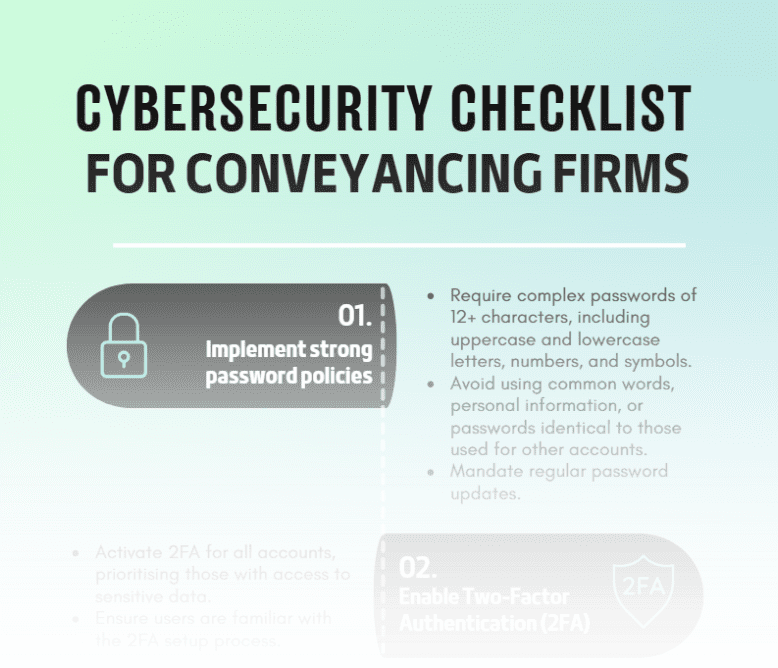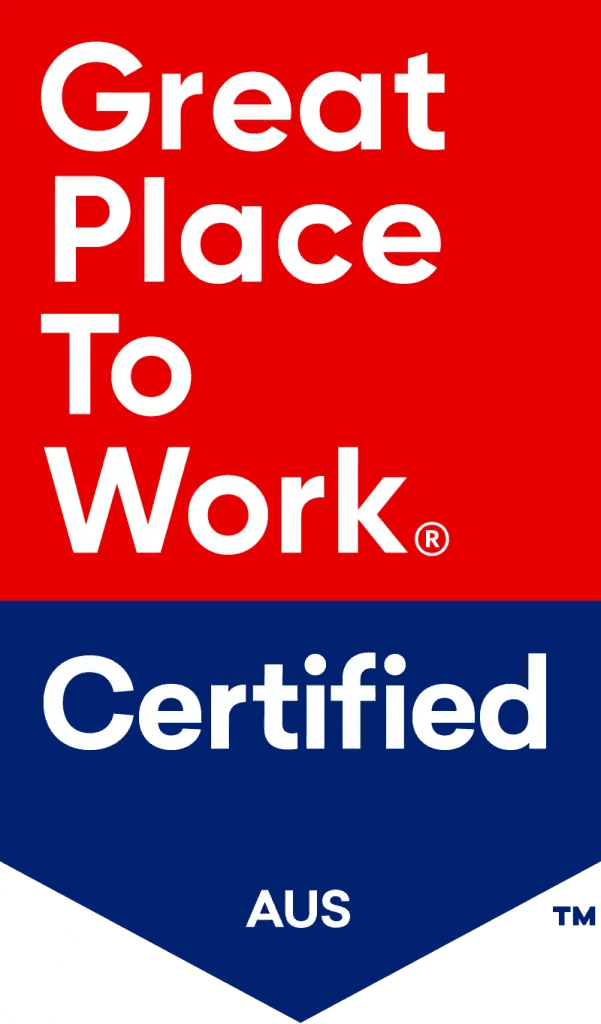Running incentives can have a major effect on your business. With two main incentive programs, employee and client, a business can improve its own morale and efficiency, while also boosting its client base and reputation.
If you run a client incentive program effectively, your business can expect to see increases in sales growth, as your customers will be motivated to buy from your business.
By having a reward available for those paying for your services, it encourages them to switch from competitors or to continue using your services.
An important strategy considering the plethora of competition in the conveyancing industry. The more incremental sales made, the more profit the business makes.
This level of profit should reflect the value of reward achievable.
With 2022 shortly approaching and many firms closing during the holidays, your customer incentive program should be conducted mostly online, on mobile, and mostly automated.
Especially if you’re going to implement the strategy during a holiday break when you may not hold regular working hours.
Running an employee incentive program will help you achieve internal business goals. As well as improving morale for goals achieved, offering incentives for employees can improve performance and enjoyment at work, while also offering a challenging and stimulating environment for them to work in.
Depending on the incentive and reward, it can also create a sense of comradery and affection for the place of work from the employee’s perspective.
Your employee incentive program will be most effectively run either prior to the end of the year or to start the new year.
Employee Incentives
Employee enthusiasm, engagement and productivity wane over time, and the motivational appeal of their base compensation can lose power.
A formal incentive compensation plan can boost morale and motivate employees. This can take the shape in many different forms, however, the follow four are important and easy to implement:
1. Flexible hours
This is, by far, the extra that workers most glamour for, whether they have children, aging parents, or are simply night owls or morning people by nature.
Flexible hours allow employees to work on their own schedule, within reason. Employees should still attend meetings, but they can schedule around such commitments.
The benefits of offering flexible work hours include less job turnover, because people are thankful to have a job where they set their schedule.
2. Bonuses and raises
Raises and bonuses boost morale, incentivise employees, and ensure that staff feel rewarded and appreciated.
Raises are a permanent increase in payroll expenses; bonuses are a variable cost and therefore give business owners greater financial flexibility when business is down, an important factor to consider when the property market fluctuates.
Bonuses can be tied to sales or production volumes to incentivise employees and help companies boost their profits during peak times.
Other forms of compensation include partnerships, stock, profit-sharing, and even tickets to cultural or sports events and gift certificates.
3. Positive Reinforcement
People like to be praised. They absolutely love it when it comes from the heart.
Positive reinforcement when it comes from a place of sincerity and especially when unexpected, is not only a big confidence booster for your employees, but an ulterior incentive to continue producing results in the future.
If the culture you’ve created is filled with positive reinforcement, it won’t be just you praising your staff, encourage co-workers to do the same.
An easy way to do this is by attending daily or weekly praise meetings and asking each staff member what achievement they had, followed by positive reinforcement.
4. Time off
When you can’t afford raises or financial bonuses, offering extra days off may be the next best thing.
In fact, some employees may even prefer more time off to getting more money.
You can dole these out however you deem fit: Perhaps offer a company-wide day off after a unique business goal is achieved, or let people redeem three free days throughout the year.
Whatever your strategy, your employees will be grateful, and you will have more dedicated, fresher workers.
Client Incentives
Client incentives can be defined as something that brings additional value to an already provided service.
It can help improve retention, stimulate the desired action (participate in a survey, leave the feedback), make amends after a negative customer experience, build a trustworthy relationship with long-term clients, increase customer referrals, improve brand promotion, and stimulate social media engagement.
Again, this incentive strategy can be implemented in many ways, however, here are four suggestions to get you thinking:
1. Upgrade to services
Offering an upgrade with purchase is a nice incentive because it gives customers peace of mind — if during (or in some cases, after) your client wants to seek additional services (which could include conducting the whole transaction with no face-to-face interaction), have an upgraded service to cater for this.
You can do so for a prorated cost if you use a low-cost eConveyancing solution like triConvey, without having to purchase an entirely new service.
However, customers still have to make their initial purchase without any concession from the brand. This means it’s less value-additive and more service building.
2. Free services
Offering free services are great for incentivising customers to choose your business.
This for example, could take shape by advertising on your website or socials for anyone using your services within a short time period can get free verification of identity.
Whether you wear the expense already or not, will still add value to the services you can provide while saving your clients money.
3. Bulk discounts
Bulk discounts can be quite effective at driving volume. This incentive is worth considering, unless your product is a high-priced item that customers are less inclined to buy in bulk. This could include a percentage off of your end services and again, can be done during a short time period. This can help you increase your clients in potentially quieter property market times.
4. Gifts
An age old but effective incentive, is to send a gift to you client once you’ve finished transacting with them.
The incentive, while it might not be known they’ll receive it for using your services, it will leave a ‘good taste in their mouth’ and encourage further referrals or return business.
This can be done with a gift hamper, or a future discount for reusing your services.
One of the best advantages to offering incentives is that you can reuse them as much as you want, try different strategies and apply the ones which prove most effective.
To help create a better workplace morale, employee incentives are best. Whereas, if you want to influence external stakeholders, a client incentive is best.
For more business tips and insights subscribe to our complimentary monthly newsletter, The Conveyancing Digest.






